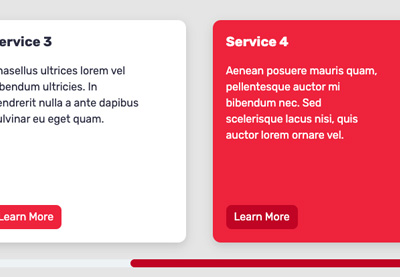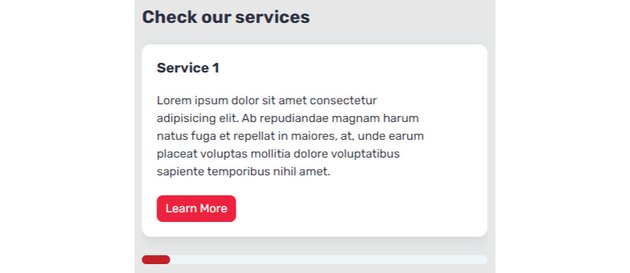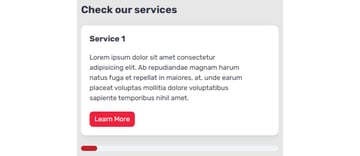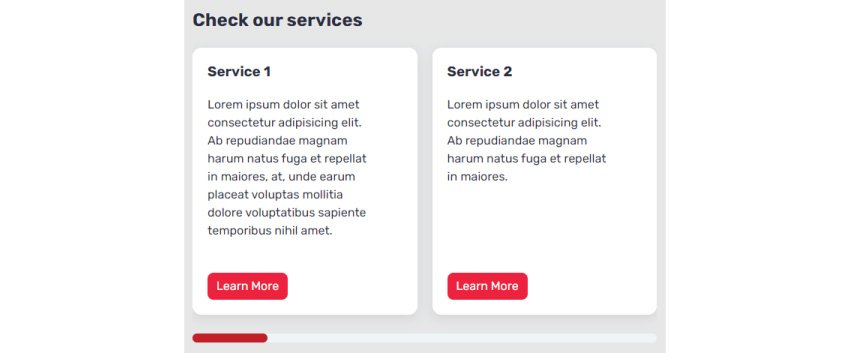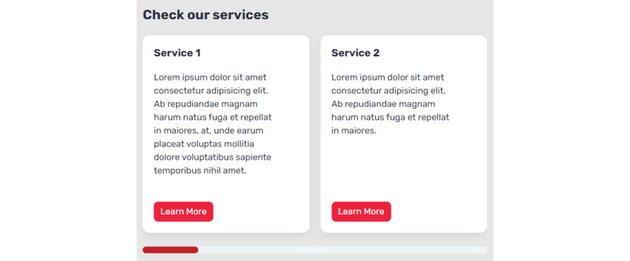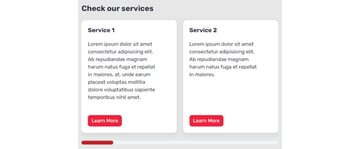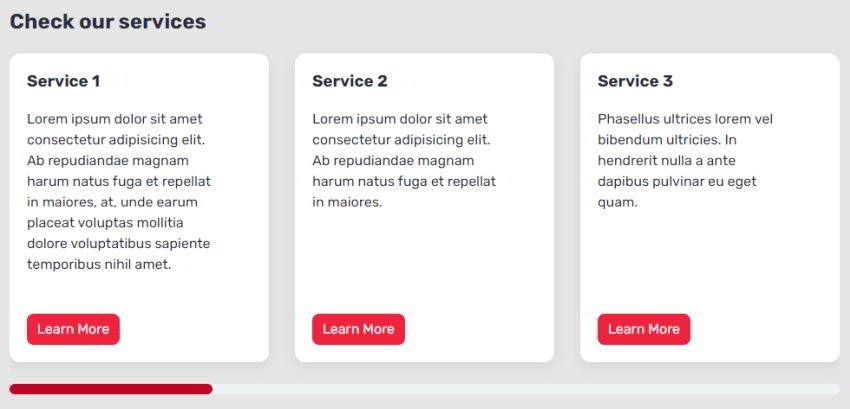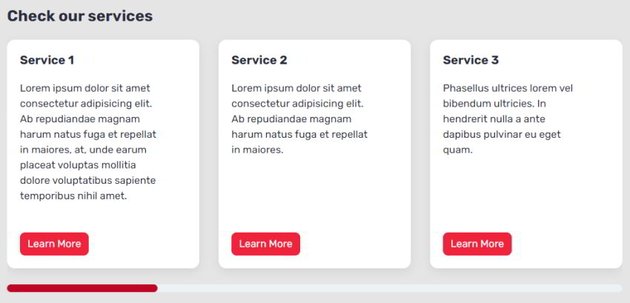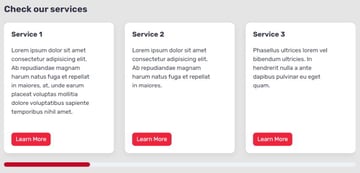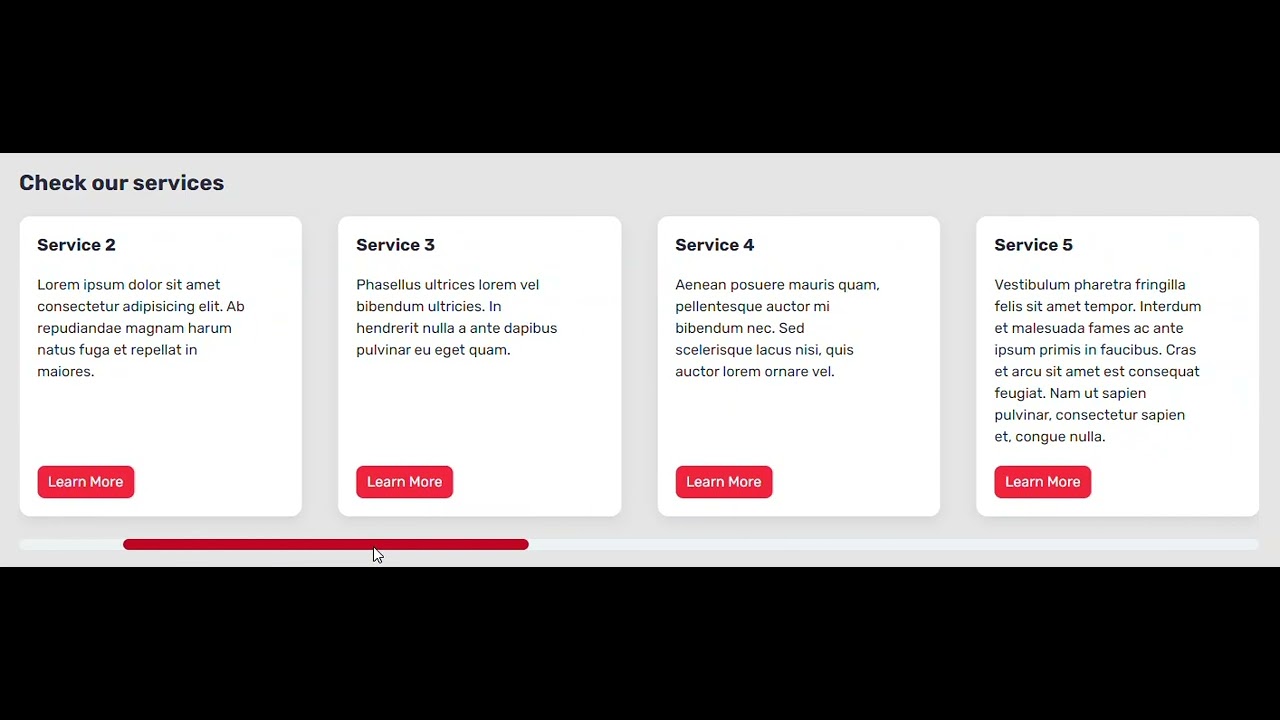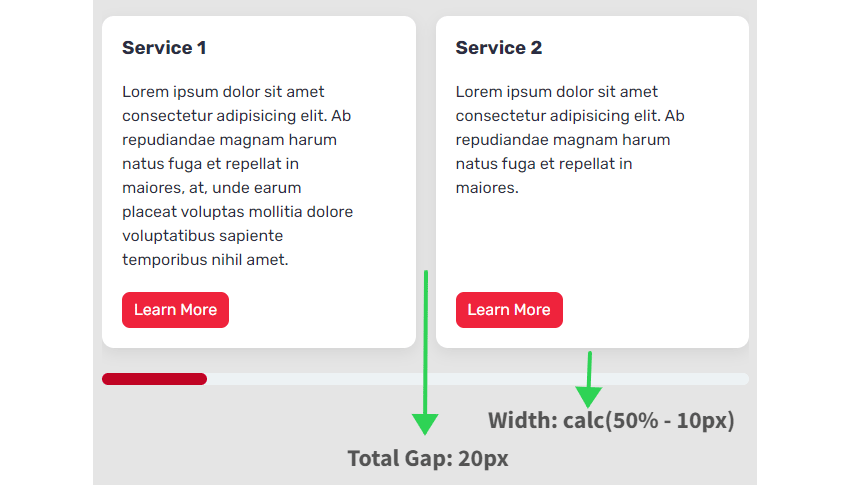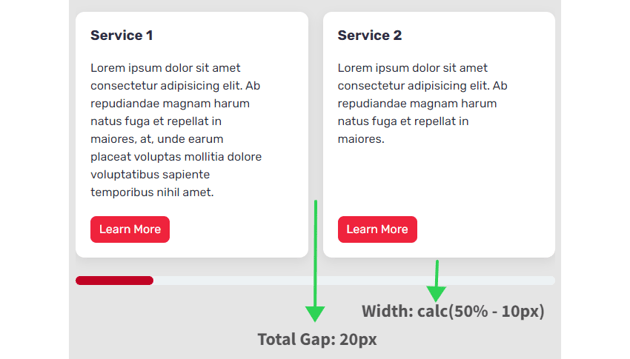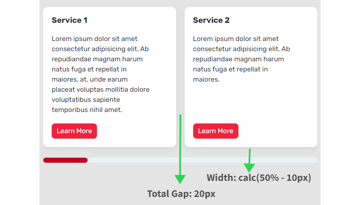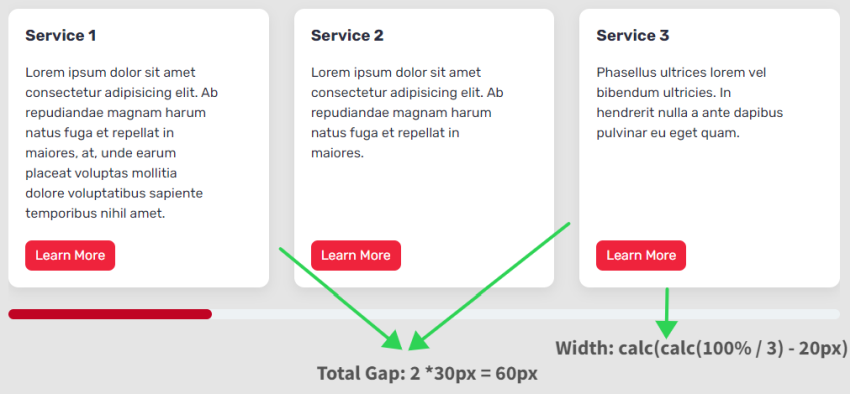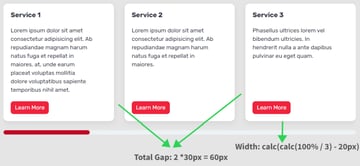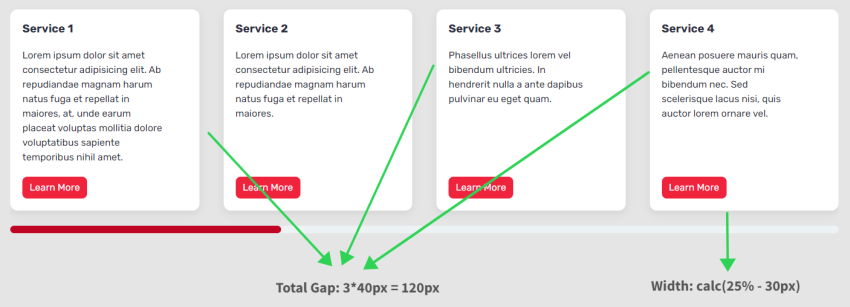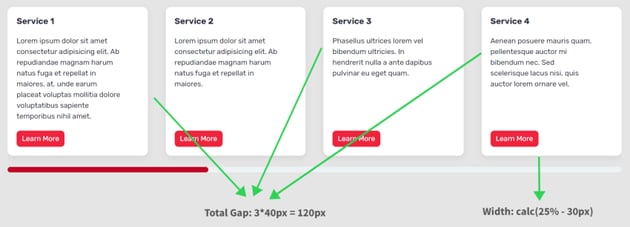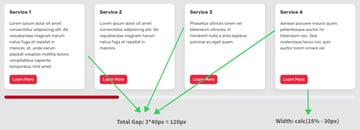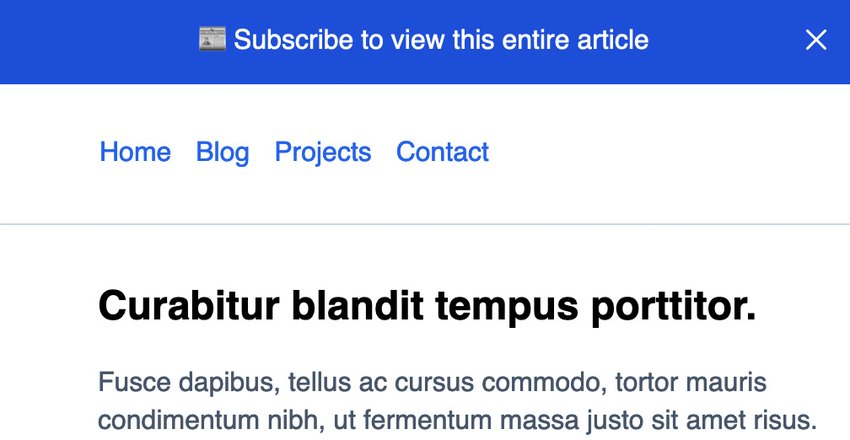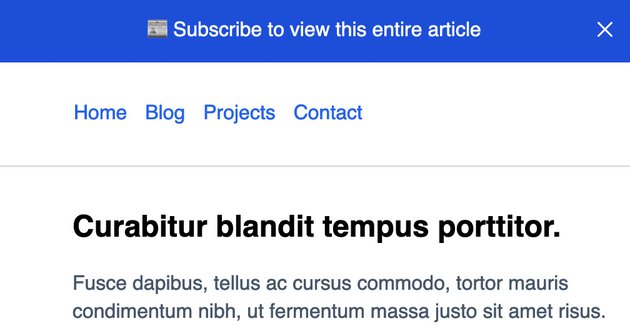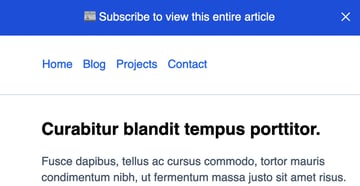[ad_1]

Arlene Mendoza raises the bar for each colleague she works with on the UX and search engine optimisation group — however that wasn’t all the time her profession trajectory. The truth is, Arlene first entered college on an aerospace engineering scholarship.
Nonetheless, this particular life path turned out to be a poor match. “It ended badly. Theoretical arithmetic and I are usually not associates,” says Arlene.
Fortunately for us, Arlene determined to pivot and pursue a B.S. in Advertising with a minor in World Enterprise.
through GIPHY
From the World Digital Market to Brafton
As soon as she discovered her ardour for international advertising, Arlene determined to broaden her experience into UX. After ending her diploma, she achieved certification in UX Administration and Interplay Design from the Nielsen Norman Group.
Arlene’s spectacular credentials and go-getter perspective led her to a World Digital Strategist place for the monetary companies enterprise unit of a Fortune 100 gear producer.
“I used to be primarily chargeable for delivering and managing consumer experiences for numerous digital properties together with our international public web sites, buyer portal, and cell app,” explains Arlene. “I additionally labored in partnership with international enterprise friends to assist ship seamless experiences between our and different model and enterprise unit web sites.”
It was by means of one in every of her earlier positions that Arlene first got here into contact with Brafton.
“We really used Brafton to write down a number of weblog posts, an eBook and different content material for our web site as a part of our total content material advertising technique to assist drive visitors and enhance our web site search engine optimisation,” says Arlene.
This constructive expertise left an impression on her as a shopper and when she determined to start out a brand new chapter in her profession, Brafton was the place she needed to be.
Subscribe to
The Content material Marketer
Get weekly insights, recommendation and opinions about all issues digital advertising.
Thanks for subscribing! Preserve a watch out for a Welcome e mail from us shortly. When you don’t see it come by means of, examine your spam folder and mark the e-mail as “not spam.”
Taking a Leap Into Company Life
Transitioning from shopper to Supervisor of UX and search engine optimisation at Brafton was an thrilling endeavor for Arlene. Every day presents a brand new problem and alternative to search out options for search engine optimisation and UX tasks.
“There may be hardly ever a day that goes by the place I haven’t discovered one thing new on this planet of search engine optimisation and UX,” says Arlene. “And I’ve spent my total profession in digital gross sales and advertising!”
Since coming into Brafton, Arlene has turn out to be a standout supervisor, inspiring her group every day along with her arduous work and creativity — and the sensation is mutual!
“I like working with the individuals at Brafton,” says Arlene. “They’re great and humorous and inventive and gifted. They’re all the time prepared to assist, which I admire 100%.”
through GIPHY
Past her group, Arlene additionally stresses the significance of her shoppers, particularly since she was once of their sneakers.
“The persons are what makes Brafton so difficult and academic,” Arlene shares. “I like the big variety of shoppers and prospects I’ve been capable of work and work together with every day.”
Clocking Out and Hitting the Street
As a dedicated fan of world journey and home highway journeys, Arlene’s love for international technique extends past her work hours.
The truth is, in her travels outdoors of the U.S., she’s usually confused for a neighborhood as an alternative of a vacationer. A lot in order that she discovered say, “I don’t communicate [insert language here]” in at the very least 7 completely different languages.
“It’s an odd factor. Individuals all the time appear to talk at me in a number of completely different languages,” says Arlene.
When Arlene’s not touring, she enjoys working and mountaineering to assist stability her precise favourite pastime: consuming scrumptious meals. “I just lately realized that the rationale I hike and run is to help my consuming pastime!”
through GIPHY
All of those passions assist to gas her inside and outdoors of the workplace. By the winding roads of Arlene’s skilled profession historical past, we’re past grateful that Arlene selected to focus her skills on digital advertising — in any other case, she may have been working for NASA as an alternative of Brafton.
[ad_2]


